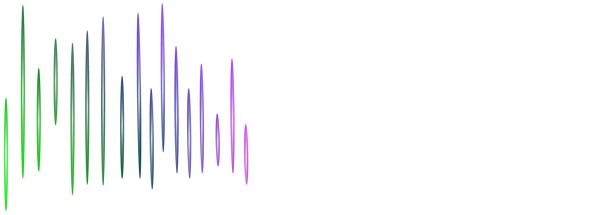When it comes to lighting fixtures, adhering to industry standards is crucial to ensure safety, energy efficiency, and compliance with regulations. In Canada, where the demand for innovative and sustainable lighting solutions is on the rise, understanding the industry standards for light fixtures becomes essential for both consumers and professionals. In this blog post, we will explore the key industry standards for light fixtures in Canada, shedding light on the guidelines that govern their design, construction, and performance.
- Canadian Standards Association (CSA)
The Canadian Standards Association (CSA) plays a vital role in setting industry standards for various products, including light fixtures. The CSA is responsible for developing and publishing the Canadian Electrical Code (CEC), which outlines the safety requirements for electrical installations, including lighting fixtures. Compliance with the CEC ensures that light fixtures meet specific criteria to guarantee safe operation and minimize the risk of electrical hazards.
- Energy Efficiency Regulations
Energy efficiency is a significant consideration in lighting design, given its impact on both the environment and energy costs. The Energy Efficiency Regulations, established by Natural Resources Canada, set mandatory minimum energy performance standards for various products, including light fixtures. These standards dictate the maximum allowable energy consumption for different types of lighting technologies, promoting the use of energy-efficient fixtures.
The regulations also include labeling requirements, such as the ENERGY STAR® label, which helps consumers identify energy-efficient products. Meeting or exceeding these standards enables consumers to make informed choices while encouraging manufacturers to develop lighting solutions that prioritize energy efficiency.
- National Building Code of Canada (NBCC)
The National Building Code of Canada (NBCC) provides comprehensive guidelines for the design, construction, and occupancy of buildings across the country. It includes provisions related to electrical systems, including lighting fixtures, to ensure compliance with safety standards. The NBCC covers aspects such as electrical wiring, fixture spacing, emergency lighting requirements, and accessibility considerations, among others.
Complying with the NBCC ensures that light fixtures are installed correctly and meet the necessary safety standards, minimizing the risk of electrical incidents and ensuring the well-being of building occupants.
- Design Standards and Certifications
In addition to safety and energy efficiency standards, various design standards and certifications govern light fixtures in Canada. These standards focus on factors such as lighting quality, light output, color rendering, and compatibility with lighting controls. Here are some notable design standards and certifications:
- DesignLights Consortium (DLC): DLC is a voluntary program that promotes high-quality, energy-efficient lighting products. DLC qualification signifies that a light fixture meets specific performance criteria and may qualify for utility rebates and incentives.
- Illuminating Engineering Society (IES): The IES publishes lighting design recommendations and standards to ensure quality lighting installations. Their standards cover various aspects of lighting, including illumination levels, glare control, and lighting calculations.
- Underwriters Laboratories (UL) and Intertek (ETL): These independent testing organizations evaluate light fixtures for compliance with safety and performance standards. UL and ETL certifications assure consumers that the products have undergone rigorous testing and meet the necessary requirements.
Aurora Lighting and Supply (auroralightingandsupply.ca), a leading lighting solutions provider in Canada, recognizes the importance of complying with industry standards. They take great care to ensure that all their lighting fixtures meet the necessary safety and energy efficiency requirements set forth by the CSA, Energy Efficiency Regulations, and NBCC. Aurora Lighting and Supply offers a wide range of products that are designed to provide optimal illumination while minimizing energy consumption.
Their commitment to quality extends to adhering to design standards and certifications, with many of their fixtures meeting the stringent criteria.
References:
"Canadian Electrical Code, Part I", Canadian Standards Association, 2021, https://www.csagroup.org/store/product/C22.1-21/
"Energy Efficiency Regulations", Natural Resources Canada, 2021, https://www.nrcan.gc.ca/energy-efficiency/products/regulations/21011
"National Building Code of Canada 2015", National Research Council Canada, 2015, https://www.nrc-cnrc.gc.ca/eng/publications/codes_centre/2015_national_building_code.html
"DesignLights Consortium Qualified Products List", DesignLights Consortium, 2021, https://www.designlights.org/search/
"Illuminating Engineering Society Standards and Recommended Practices", Illuminating Engineering Society, 2021, https://www.ies.org/standards/
"UL Product iQ", Underwriters Laboratories, 2021, https://www.ul.com/productiq

